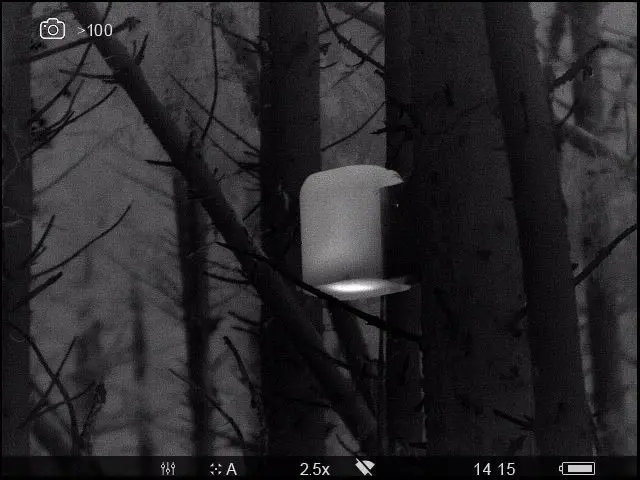A COP26 for pine martens

Last month, pine marten experts from around the world attended the Eighth International Martes Symposium in Aviemore.
With an estimated population of just 3700, pine martens are a protected species in Scotland — and have been since 1988. They weigh 1-2kg and measure 60-70cm from nose to tail, making them roughly the size of a domestic cat. This small predator is extremely agile, an excellent climber and helps maintain a healthy forest ecosystem.
The International Martes Symposium happens every five years in a different country that is home to martens and their relatives, including wolverines. It is organised by the Martes Working Group, which was founded to facilitate communication among scientists with a common interest in martes research, conservation and management.
Wildlife conservation managers and researchers from the UK, the USA, Canada and Europe shared the latest science and conservation actions taking place to promote pine martens and their cousins. We were proud to co-sponsor and host the event, the theme of which was how to conserve martens in a changing climate. Kenny Kortland, our wildlife ecologist, called it “a COP26 for pine martens”. He went on to say:
“Pine martens are making a spectacular recovery in Scotland, which makes us particularly interesting for this group of international researchers. Some of them are witnessing declines in their parts of the world.
"The forestry sector has helped pine martens greatly by increasing Scotland’s forest cover — conifer plantations make excellent habitats for pine martens."
As well as habitat creation, we've installed strategically placed artificial pine marten dens to encourage breeding and we've been using thermal imaging to monitor their breeding. We’ve also been supporting research into how pine martens affect other species.

Hope for the future
During the symposium, delegates visited the Cairngorms Connect project, a partnership between Forestry and Land Scotland and other neighbouring landowners, which is working on a 200-year plan to enhance habitats, species and ecological processes across a vast area within the Cairngorms National Park. Its Predator Project is monitoring the return of pine martens to the area, as well as other predator species like raptors and badgers.
Delegates also met with a range of land managers in Strathspey to get their views on the return of pine martens to Scotland’s countryside.
Rich Weir, the Canada-based chair of the Martes Working Group, described the conference as “an exceptional forum for wildlife researchers and conservationists who strive to better understand and conserve the martens of the world to learn from and build on each other’s work.”
Weir pointed to efforts to re-establish pine martens in the nearby Caledonian woodlands as “a brilliant example of successful species recovery”.
Want to know more?
Get an idea of the wide-ranging presentations given by looking at the symposium's book of abstracts.